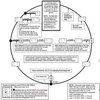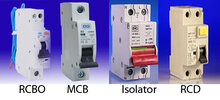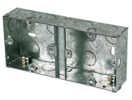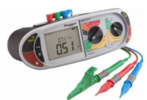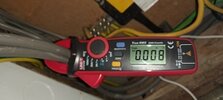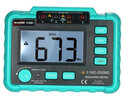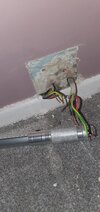Hi there.
We recently moved into a house which needs a bit of working doing to it. While my wife and I have been able to do most of it ourselves (changing taps, fitting a new bath, refitting double plugs, changing lights etc) there's a few things we're not 100% sure on when it comes to electrics l. one of which is adding a second double socket to a corner of the room that only has one plug in.
We got a few quotes in and they were quite a bit more than we were expecting £210-£250. As we're trying to keep costs low and learn new skills ourselves we decided to Have a quick Google. there's quite a lot of videos and ppl saying it's a very simple job if you've ever replaced a wall socket. (Which we have) Most videos show doing it like this.
.
Is it really as simple as the video shows?
Additional info: All sockets and electrics in the house have been tested and all are working safe and well. I'm not interested in channeling the wire to the new socket and it'll be in a conduit.
Thanks for any help you can give.
We recently moved into a house which needs a bit of working doing to it. While my wife and I have been able to do most of it ourselves (changing taps, fitting a new bath, refitting double plugs, changing lights etc) there's a few things we're not 100% sure on when it comes to electrics l. one of which is adding a second double socket to a corner of the room that only has one plug in.
We got a few quotes in and they were quite a bit more than we were expecting £210-£250. As we're trying to keep costs low and learn new skills ourselves we decided to Have a quick Google. there's quite a lot of videos and ppl saying it's a very simple job if you've ever replaced a wall socket. (Which we have) Most videos show doing it like this.
Is it really as simple as the video shows?
Additional info: All sockets and electrics in the house have been tested and all are working safe and well. I'm not interested in channeling the wire to the new socket and it'll be in a conduit.
Thanks for any help you can give.
Last edited:


